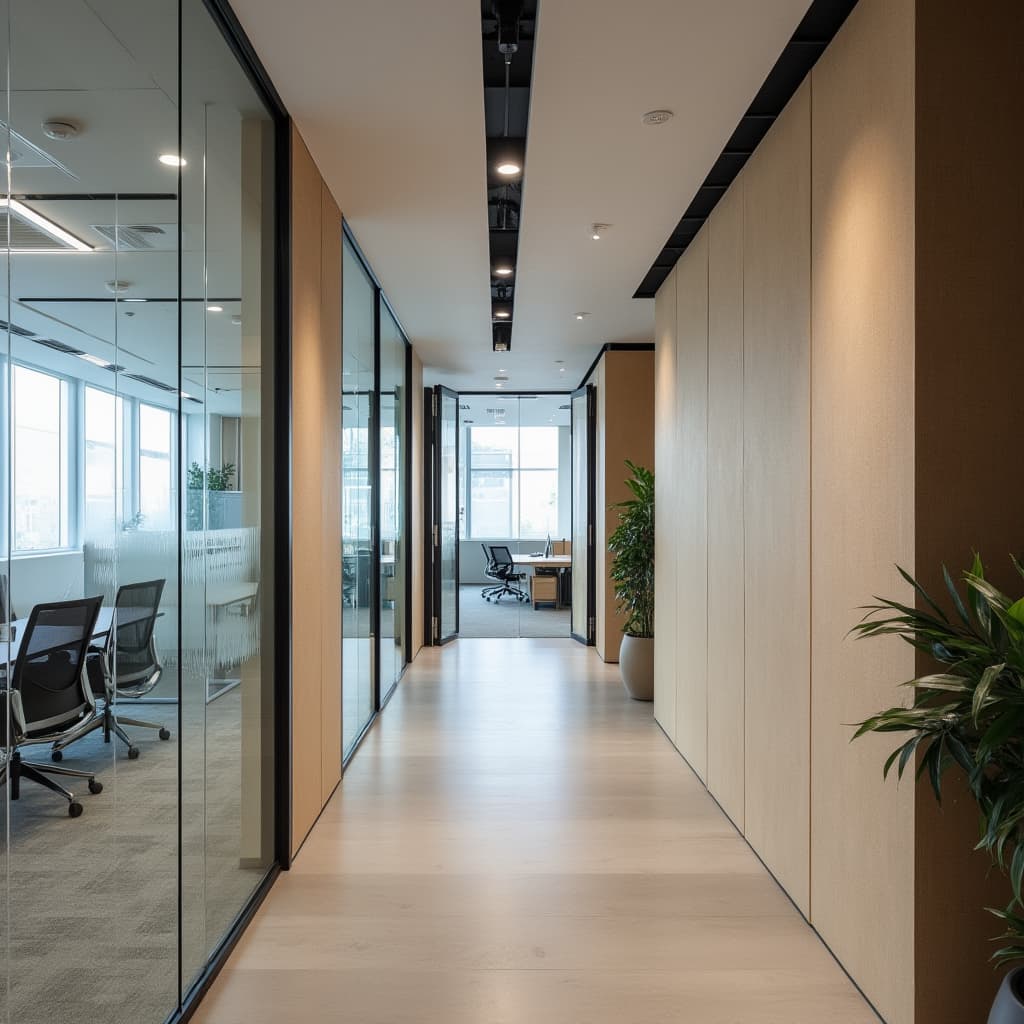
Architects are always looking for new materials that improve both design and performance. Modern buildings must meet high standards for thermal regulation, durability, and acoustics. As urban spaces grow denser and mixed-use developments become more common, effective sound management has become a crucial design consideration. Excessive noise disrupts comfort, focus, and overall well-being. In busy cities and shared spaces, good soundproofing makes a real difference. More architects are using specialized materials that reduce noise without affecting the look of a space. They turn to trusted suppliers for high-quality solutions that meet modern design trends and building regulations. Soundprosolutions.com is one such platform that offers a wide range of soundproofing products tailored to the needs of modern architecture. Architects can achieve effective noise control without compromising design integrity with diverse acoustic panels, insulation materials, and vibration-dampening solutions. These innovations enable the creation of quiet, comfortable, and aesthetically refined environments in residential and commercial spaces.
Soundproofing in Architectural Innovation
Traditional building materials were not designed to effectively control noise. While durable, concrete, glass, and steel allow sound to travel freely, creating challenges in busy urban environments. The need for better acoustic solutions grew as cities expanded and buildings became more densely packed.
Mixed-use developments, where residential, commercial, and public spaces exist side by side, require effective soundproofing to maintain privacy and comfort. Excessive noise in office buildings reduces productivity, and poor sound insulation in apartments can disrupt daily life. Without proper noise control, these spaces become less functional and less desirable.
Architects now consider sound isolation from the start rather than as an afterthought. Acoustic treatments are integrated into walls, ceilings, and floors during design, ensuring balanced sound environments. Using specialized materials allows architects to create visually appealing spaces without sacrificing acoustic performance. Modern soundproofing is no longer just about blocking noise—it is about shaping sound to enhance how people experience a space.
Soundproofing Materials
Modern acoustic materials do more than just block noise. They enhance sound quality, improve energy efficiency, and contribute to better indoor comfort. As architects prioritize both function and aesthetics, soundproofing materials are evolving to blend seamlessly into contemporary designs without disrupting visual harmony.
Types of Innovative Soundproofing
New soundproofing materials now combine function and design, making spaces quieter and more visually appealing. Acoustic wall panels absorb noise while enhancing interior aesthetics in homes, offices, and public areas. Multi-layer drywall improves insulation by blocking airborne sound, making it a great choice for apartments and commercial buildings. Viscoelastic damping materials help control vibrations, which is especially useful in high-rise structures and industrial spaces. Soundproof glass keeps city noise out while letting in natural light, making it ideal for urban developments. As sustainability gains importance, eco-friendly acoustic panels made from recycled materials provide effective noise control while supporting environmental goals.
Soundproofing Without Compromising Design
Architects are adding acoustic solutions to spaces without compromising style. Perforated wooden panels combine natural beauty with sound absorption, making them ideal for offices, hotels, and cultural venues. Fabric-covered acoustic panels bring a sophisticated touch while improving speech clarity in open areas. For minimalist designs, hidden soundproofing layers reduce noise without changing the look of a space.
Sustainable Soundproofing
As green building standards evolve, soundproofing materials must also align with energy efficiency and sustainability goals. Biodegradable and low-VOC acoustic materials are gaining popularity, improving indoor air quality while reducing environmental impact. The rise of modular architecture is driving demand for lightweight, adaptable soundproofing solutions that can be easily reconfigured as spaces change. Architects are now prioritizing materials that deliver acoustic benefits while supporting eco-friendly construction practices.
Prioritizing Acoustics
Uncontrolled noise in buildings affects mental well-being, productivity, and overall comfort. Poor acoustics lead to disruptions in workplaces, reduce privacy in homes, and make public spaces less inviting. Whether in offices, apartments, or commercial buildings, excessive noise lowers the quality of the environment.
Architects who integrate advanced acoustic solutions from the start create more functional and private spaces. Soundproofing ensures that offices support focused work, homes provide quiet retreats, and public areas maintain clear sound without echoes or distractions. Acoustic treatments are no longer bulky or unattractive—modern materials allow seamless integration into any design.
With sleek, customizable soundproofing options, architects cannot choose between performance and style. By prioritizing acoustics, they enhance a space’s functionality and aesthetics, creating more livable and productive environments.
A New Era of Soundproofing in Architecture
The role of soundproofing in modern design has evolved from a secondary concern to a fundamental aspect of architectural planning. As urban environments grow denser and mixed-use developments become more common, the demand for effective acoustic solutions rises. Architects and builders are now integrating innovative soundproofing materials that enhance privacy, comfort, and functionality without compromising aesthetics.
With advancements in customizable, eco-friendly acoustic treatments, achieving design integrity and superior sound control is more attainable than ever. By prioritizing acoustics, architects create healthier, more productive spaces that meet the demands of modern living and working environments. As technology and materials continue to improve, the future of architecture will embrace seamless sound management as a standard feature, not just an added benefit.




